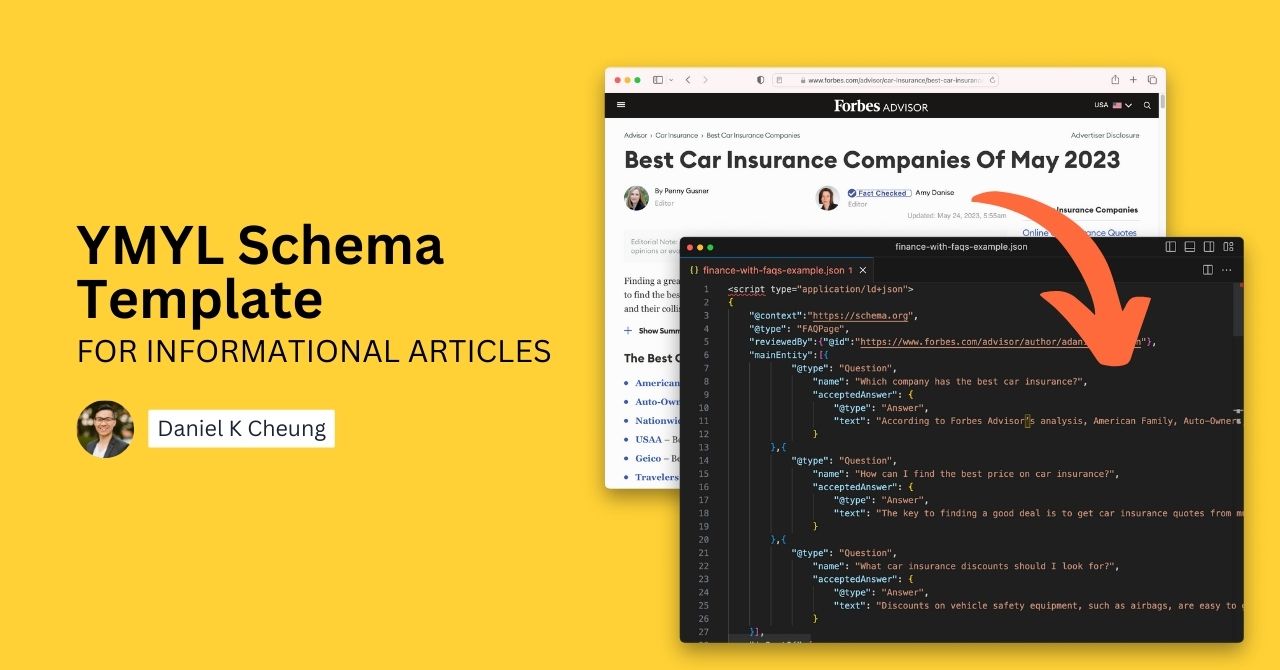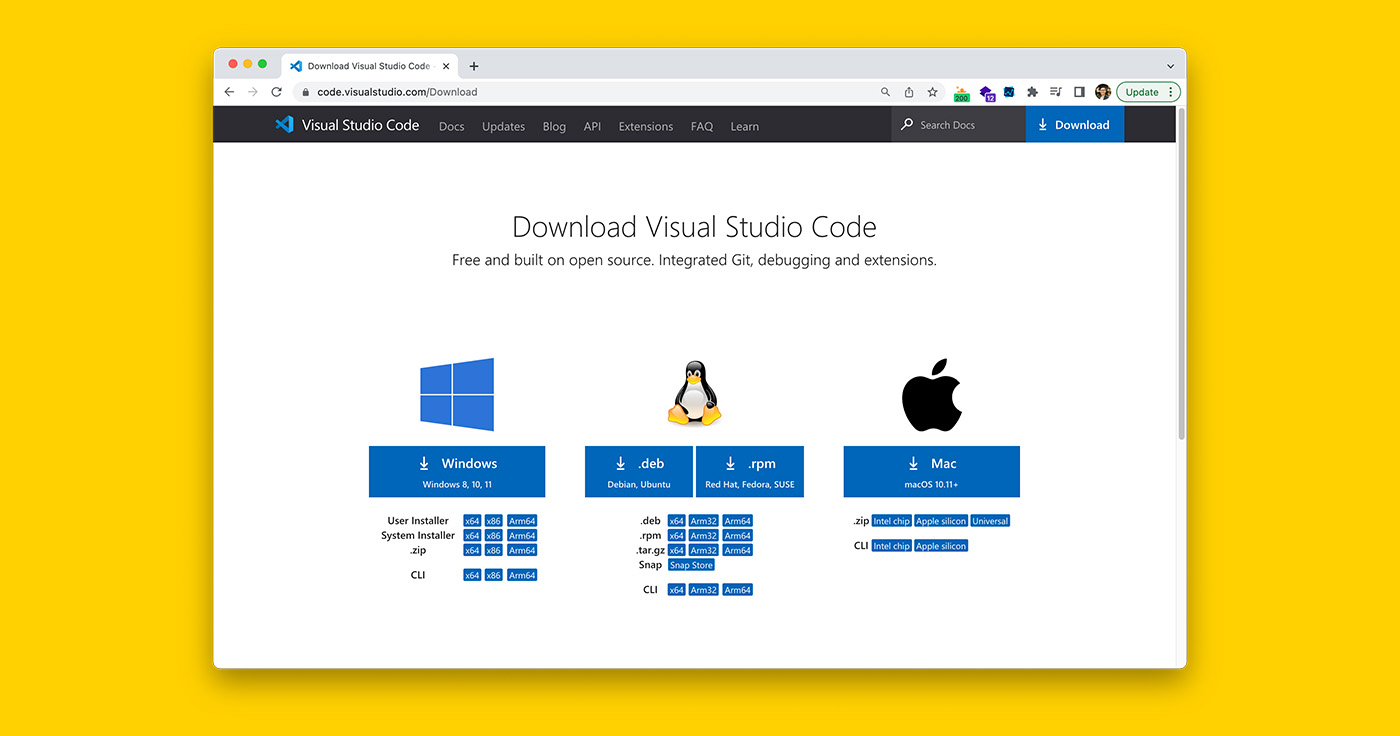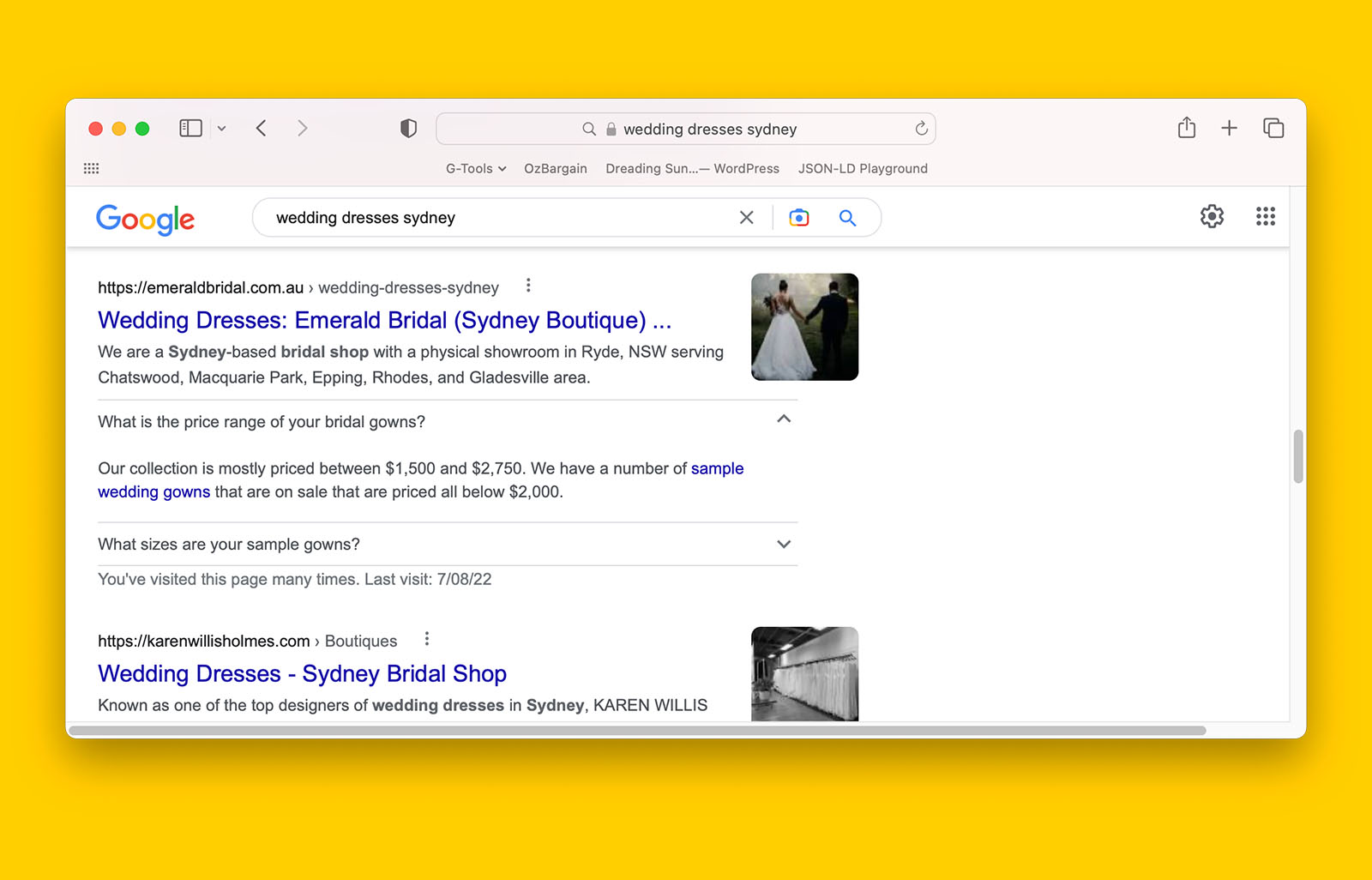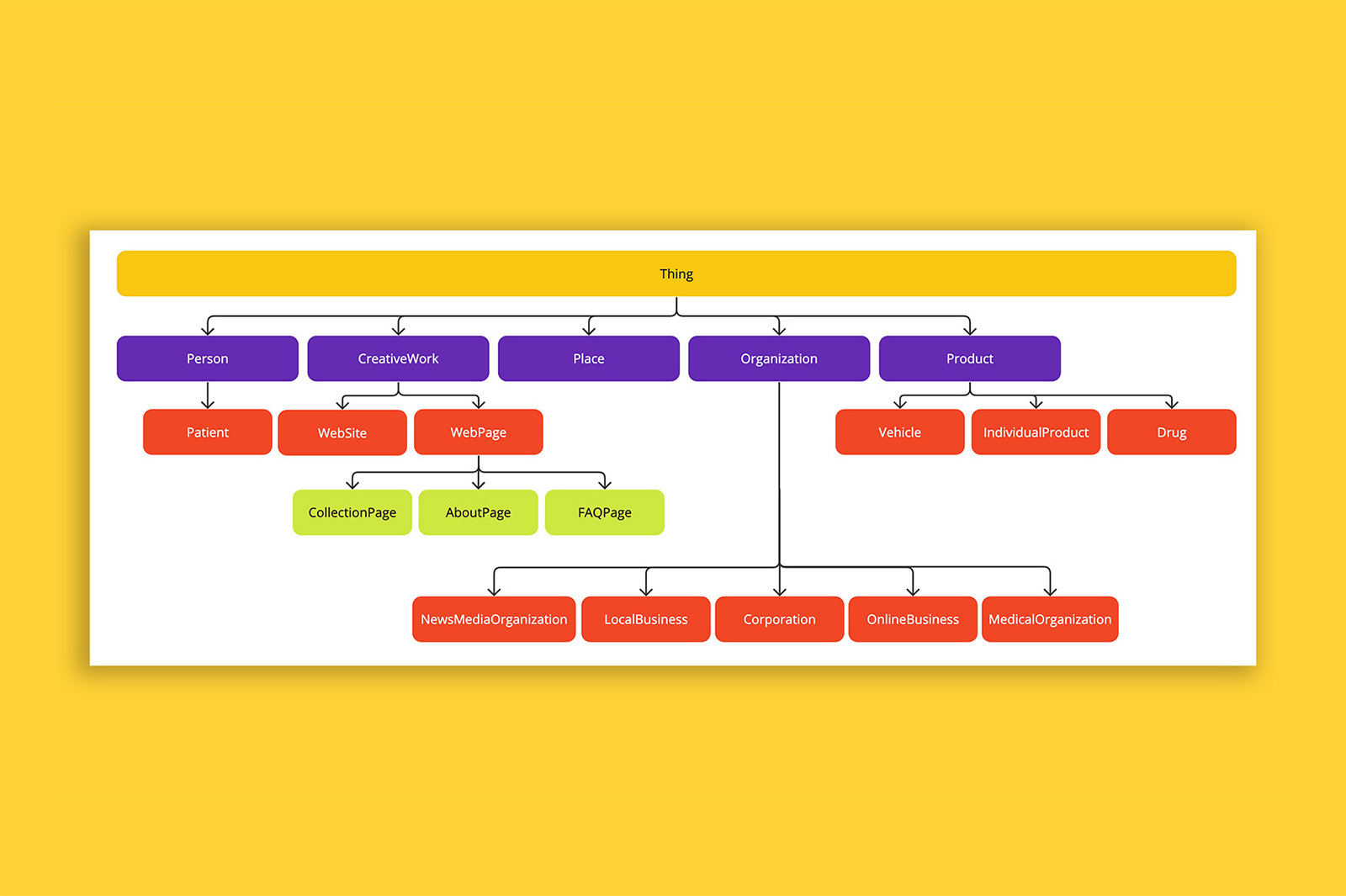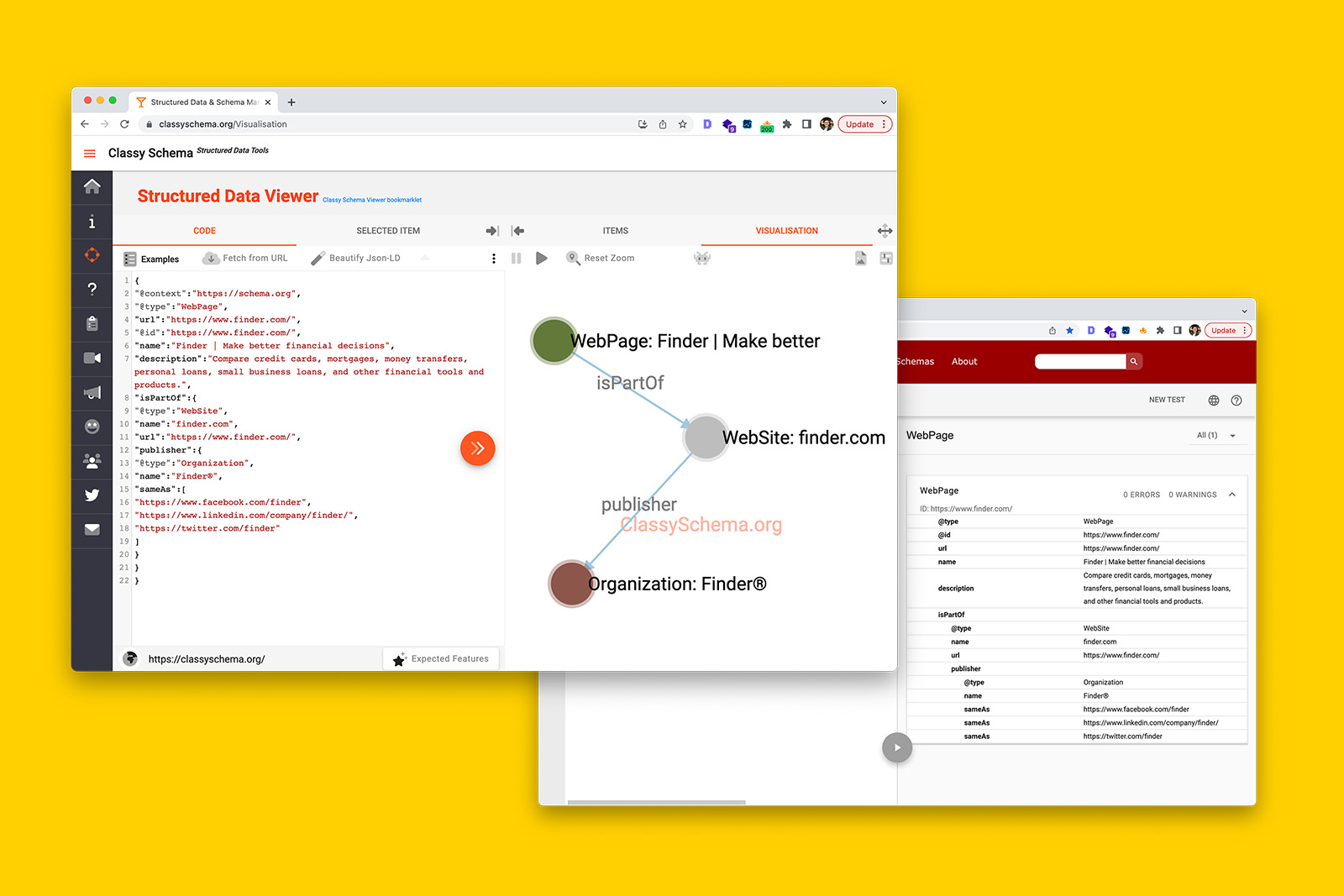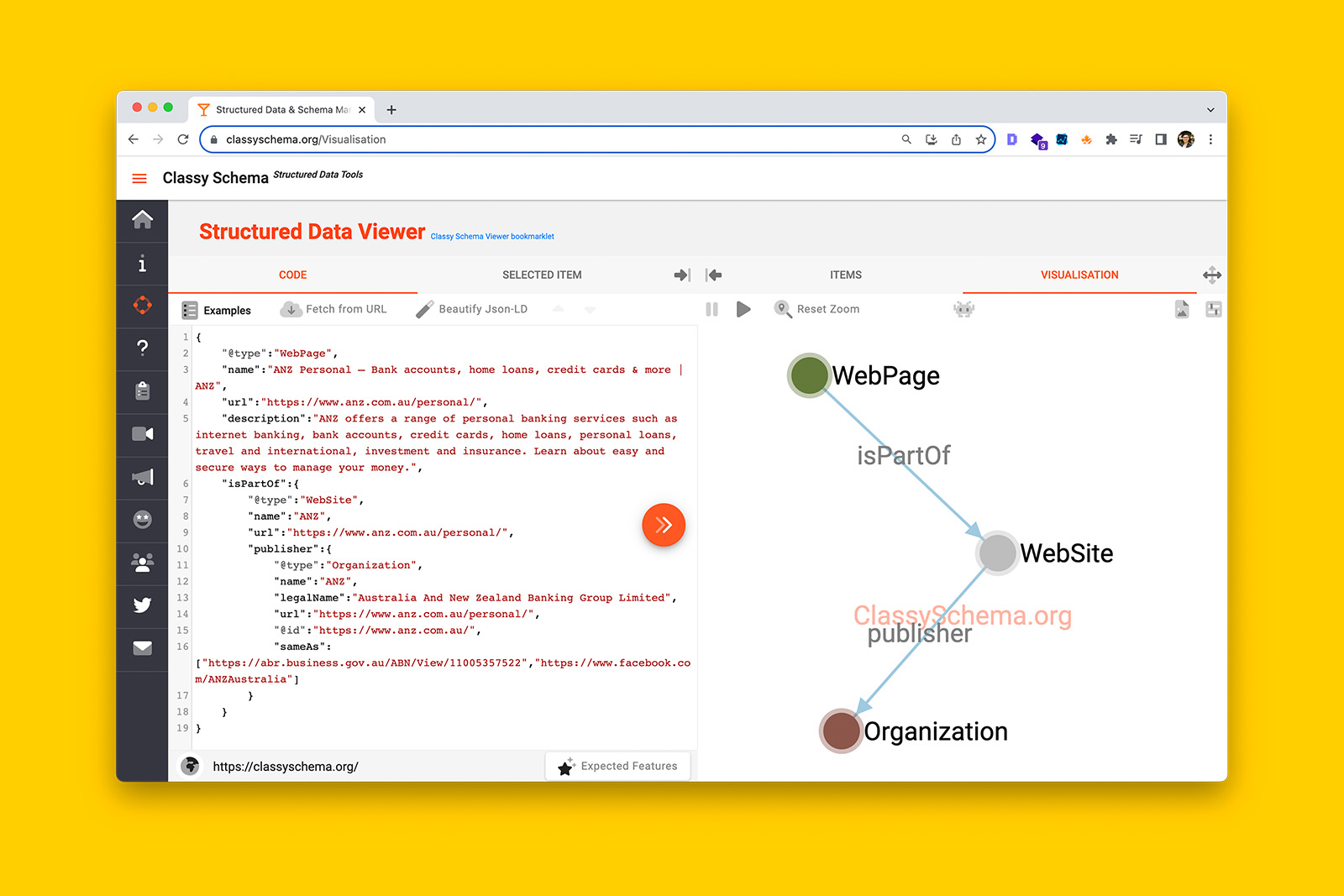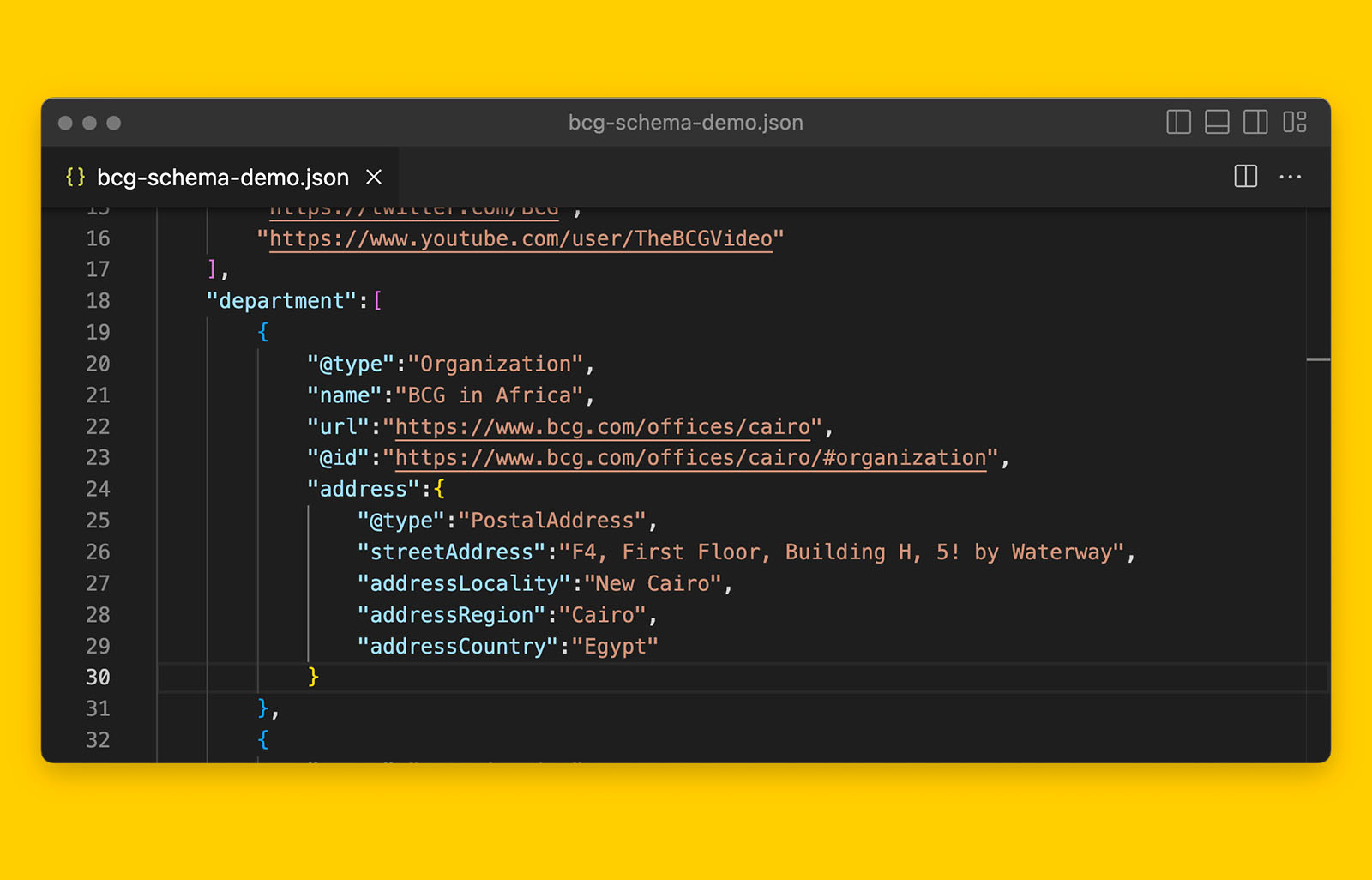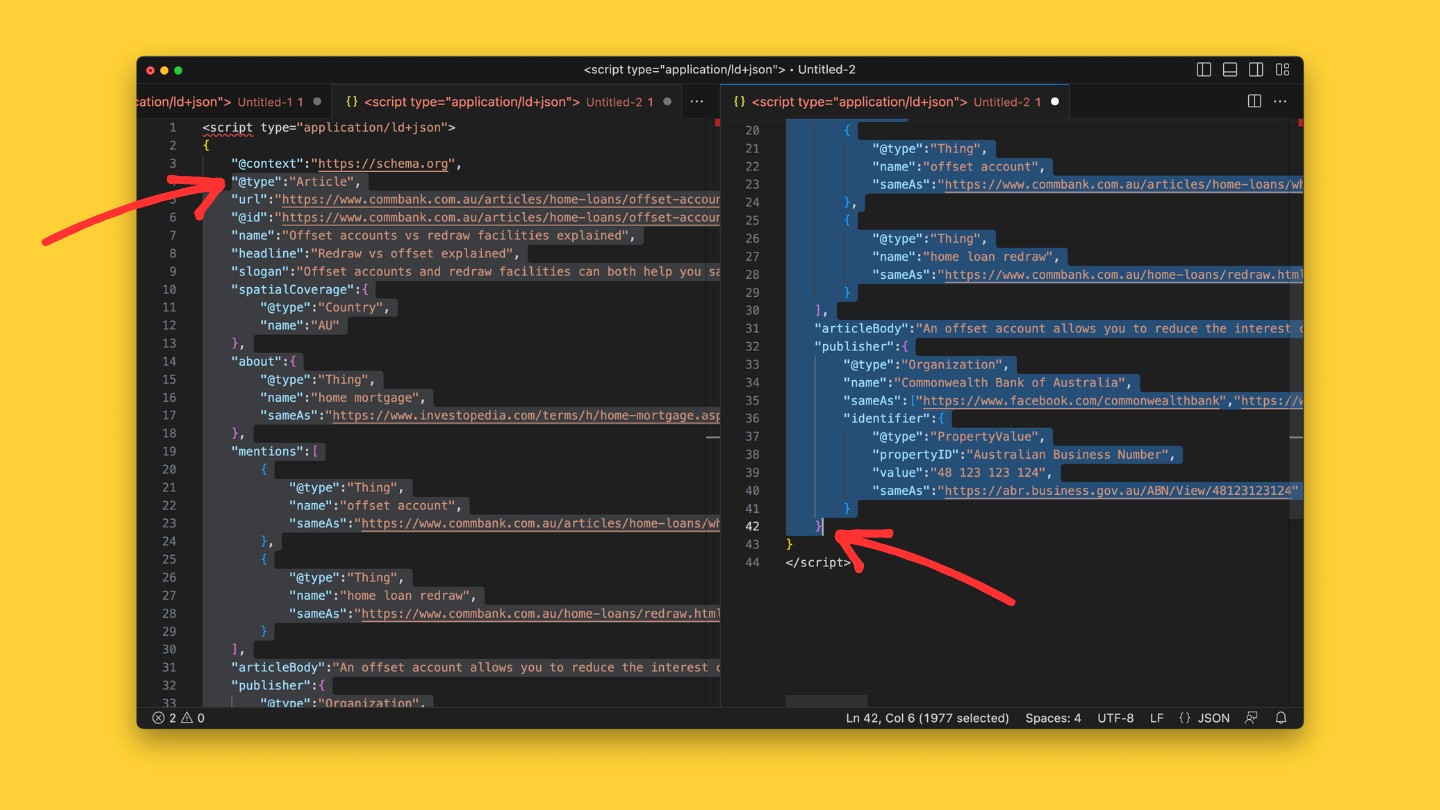Schema markup template: Boost the EEAT of your YMYL content with interconnected entities
Key takeaways:
- The ‘who’ behind the content is an important element of Google EEAT for YMYL verticals – just as important, if not more important than the content itself.
- Structured data is an effective way to communicate who researches, writes, edits and reviews your content, especially for YMYL topics.
- Schema markup will not magically improve your EEAT but if it reflects the expertise and experience of your writers, contributors, editors, and reviewers, Google will use this information and validate it from external sources. This is experience, expertise, authoritativeness and trustworthiness.
- This JSON-LD template can be used on any informational webpage on any website.
- However, for best results, Person schema is best reserved for the individual’s entity home.
What is a schema markup template and what problem does it solve?
A schema markup template is a JSON file with pre-populated Schema.org vocabularies. What makes this schema markup template useful is that the entities you will need (e.g., Person, Organization, WebPage, FAQPage) are already joined together to create a page-level knowledge graph.
In this case, the template is designed for informational articles in the “your money, your life” type of topics such as:
- Best business loans for small businesses
- What are the health benefits of CBD oil?
- How should I respond to gaslighting in the workplace?
- Are ETFs safe?
- How to pick a crytocurrency wallet
All you will need to do is fill out the relevant values and add the code to the webpage you’re marking up.
By the way, this is what the template looks like.
The ‘EEAT Supporting Schema Template For YMYL Informational Articles’ will let you effectively demonstrate how your content meets the expertise and experience requirements for YMYL content by describing in granular detail who authored the content, who researched the content, and who fact checked the content.
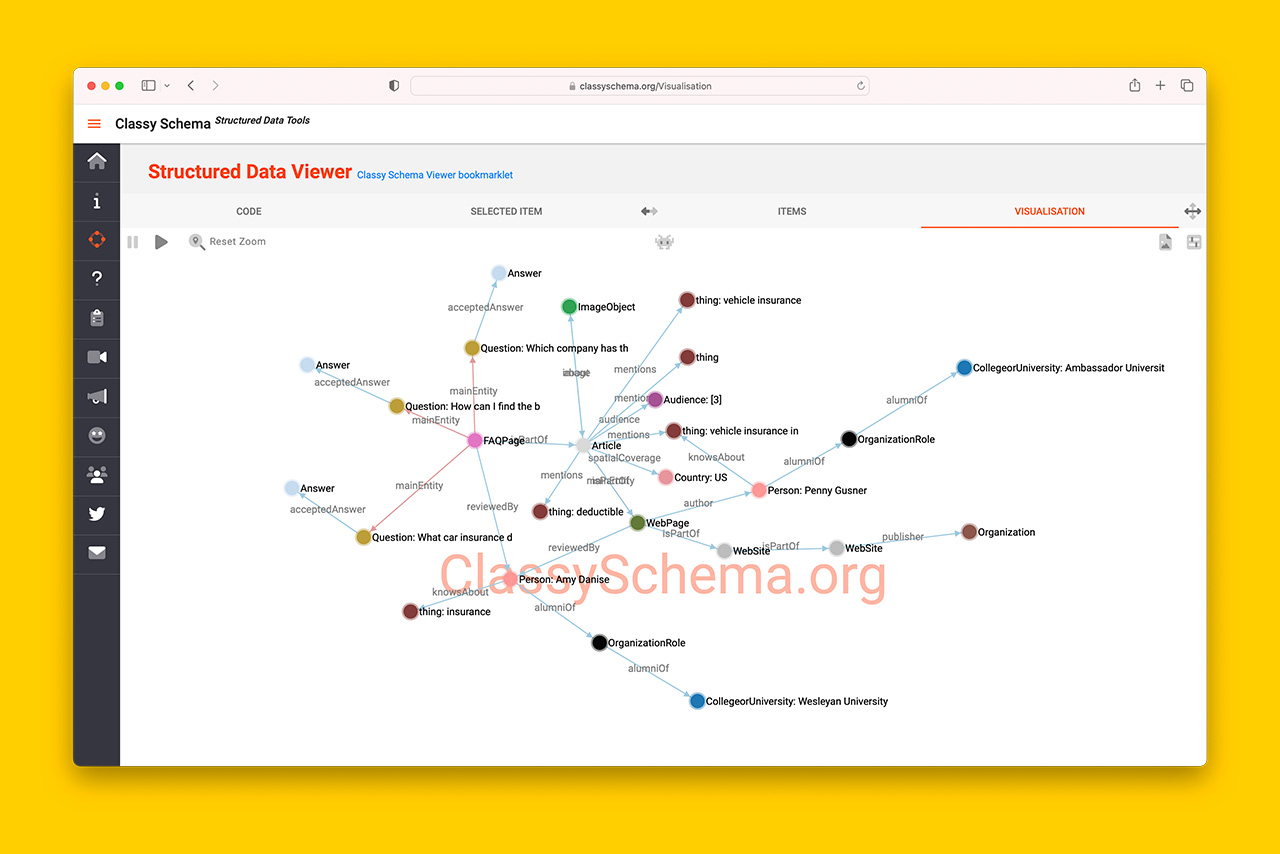
More importantly, the template will help you create a page-level knowledge graph of all the necessary entities and their relationships with ease.
What’s included?
You will receive nine (9) JSON files:
- Two files are editable templates made for an article with a FAQs component
- Two files are done-for-you nested schema markups based on https://www.forbes.com/advisor/car-insurance/best-car-insurance-companies/
- Two files are editable templates made for an article without any FAQs
- Two files are done-for you examples based on https://www.chase.com/business/knowledge-center/grow/7-ways-finance-small-business
- One .json file is a done-for-you example based on https://www.sage.com/en-us/blog/how-to-build-a-winning-revenue-operations-strategy/ with Person schema type
Save time and demonstrate EEAT effectively – buy the template on Gumroad.
What does the template do?
The primary goal of marking up your informational pages with schema is to communicate why Google should trust your content over other sources.
Rather than focusing on the overall topic of the article, the template explains to Google how the content meets its EEAT requirements. It does this by describing all the people involved with the publishing of the information.
🚨 This means that you will need real people behind your content. If you do not have these then this template is useless to you.
Communicating what the content is about is a secondary objective of this schema template.
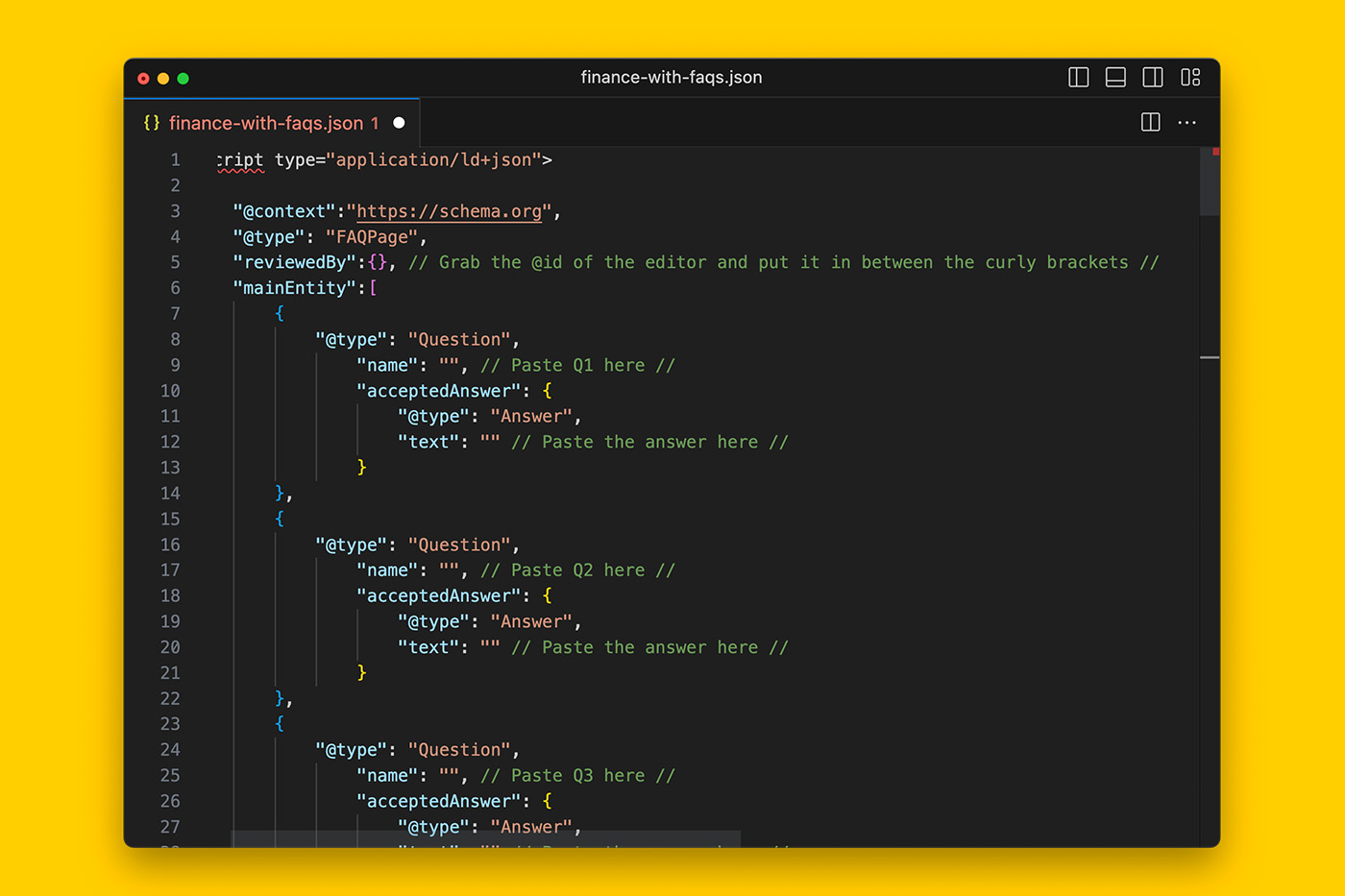
To do this, the JSON-LD template will allow you to tell Google:
- There is a FAQ section with 3 questions and answers that is part of the Article.
- The FAQs have been reviewed by a person (who’s identity, experience and qualifications will be described shortly).
- The Article (which the FAQs are part of), has a feature image
- This image is about the same thing as the Article and should therefore be associated with the target keyword.
- There is intended audience for the Article.
- The Article mentions one or more things where each of these things are referenced to a Wikipedia or WikiData database entry so that there is no confusion what the Article is about.
- The Article is part of a WebPage where there is a target keyword.
- This WebPage is related to other WebPages, in particular, one specific WebPage that is most relevant.
- The WebPage has one or more authors and there are credentials that explain why they’re experienced and experts in the subject matter.
- The WebPage has been reviewed by a person and there are credentials that explain why they’re fit for the task.
- The WebPage is part of a website that is published by an Organization.
What does the template look like?
Each JSON file is wrapped between <script> tags. This is done so that you can easily add them to the <head> of the corresponding informational page.
Written in JSON-LD syntax, the template covers the most common schema types you will need to communicate the credibility of your content and when you open the JSON file, it will look like this.
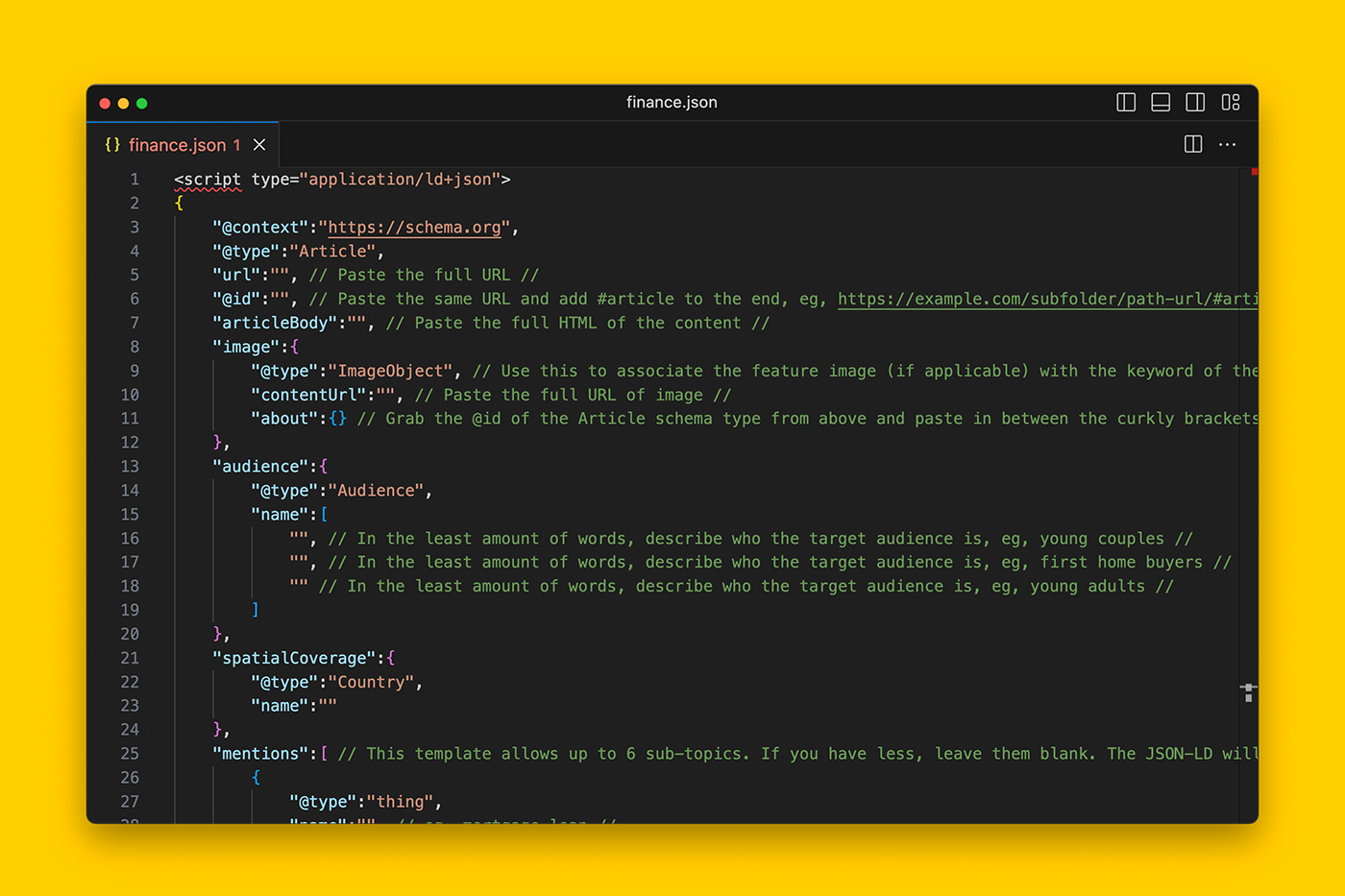
- Text in orange are schema types.
- Text in blue are Schema.org item properties. Essentially they’re attributes that let you describe each schema type in detail.
- Notes (in green) will tell you what type of value or input is required per attribute.
Get the template
Download the YMYL schema template on Gumroad.
